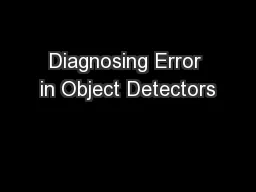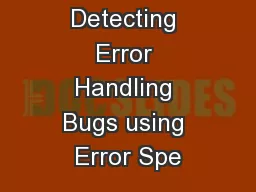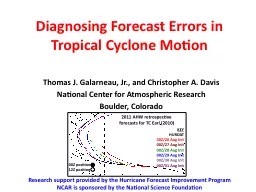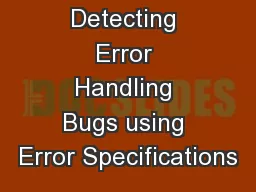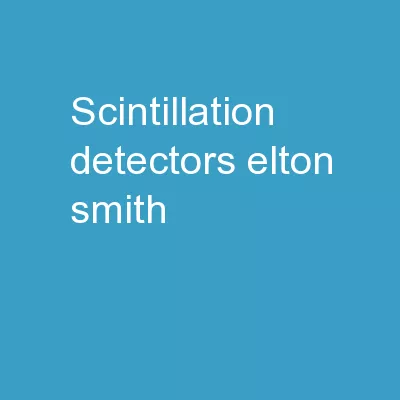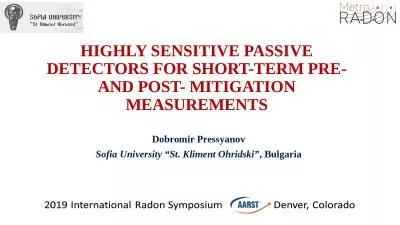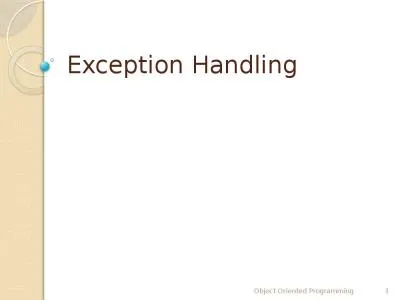PPT-Diagnosing Error in Object Detectors
Author : marina-yarberry | Published Date : 2016-03-21
Department of Computer Science University of Illinois at UrbanaChampaign UIUC Derek Hoiem Yodsawalai Chodpathumwan Qieyun Dai W ork supported in part by NSF awards
Presentation Embed Code
Download Presentation
Download Presentation The PPT/PDF document "Diagnosing Error in Object Detectors" is the property of its rightful owner. Permission is granted to download and print the materials on this website for personal, non-commercial use only, and to display it on your personal computer provided you do not modify the materials and that you retain all copyright notices contained in the materials. By downloading content from our website, you accept the terms of this agreement.
Diagnosing Error in Object Detectors: Transcript
Download Rules Of Document
"Diagnosing Error in Object Detectors"The content belongs to its owner. You may download and print it for personal use, without modification, and keep all copyright notices. By downloading, you agree to these terms.
Related Documents

